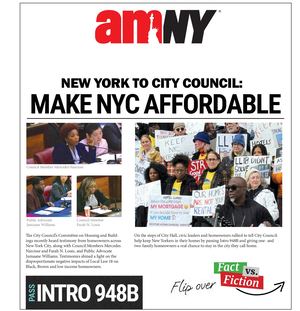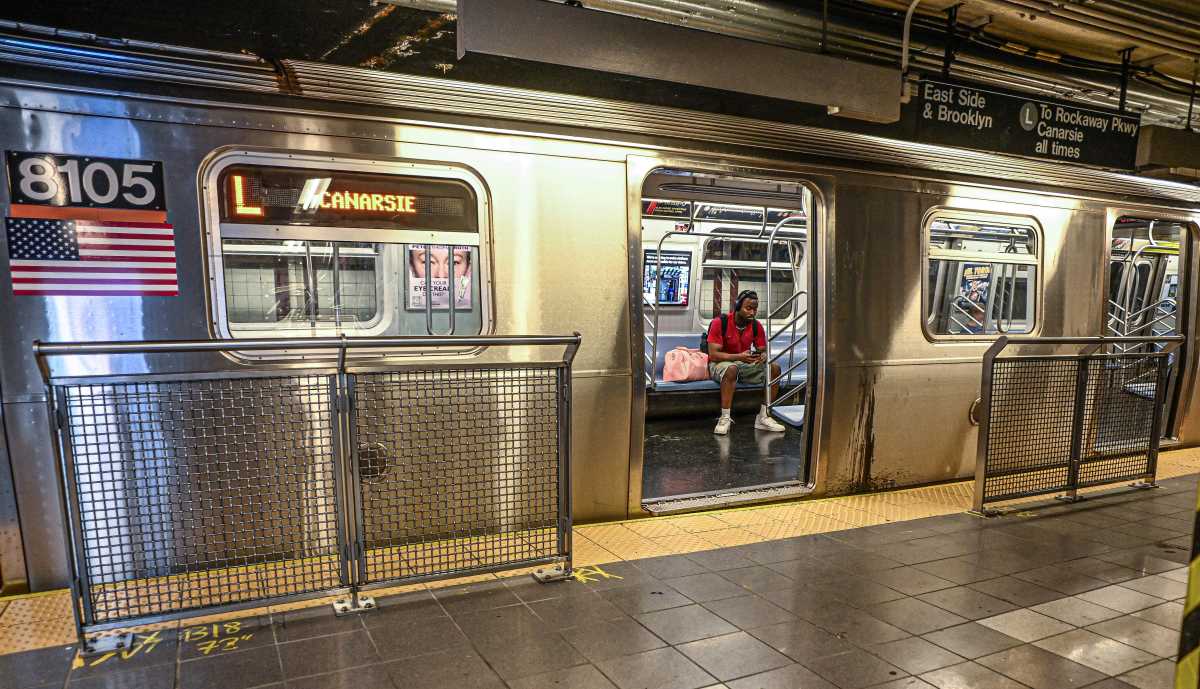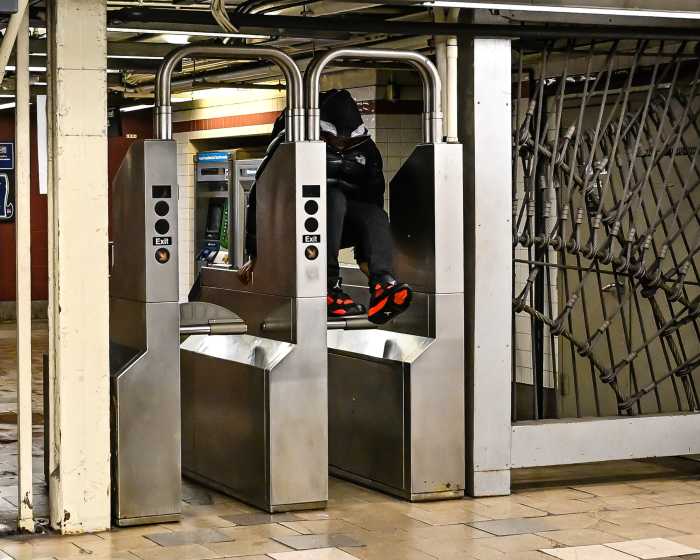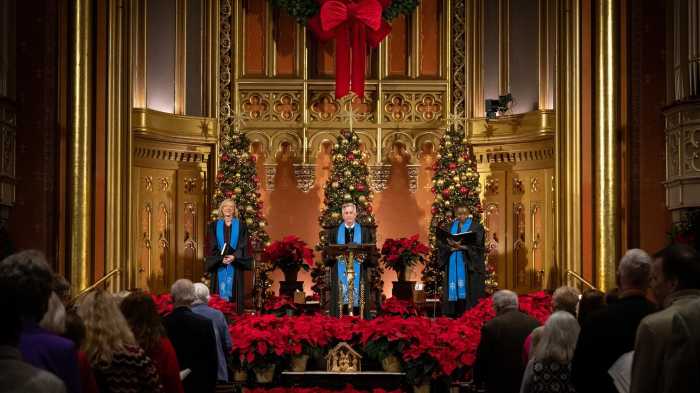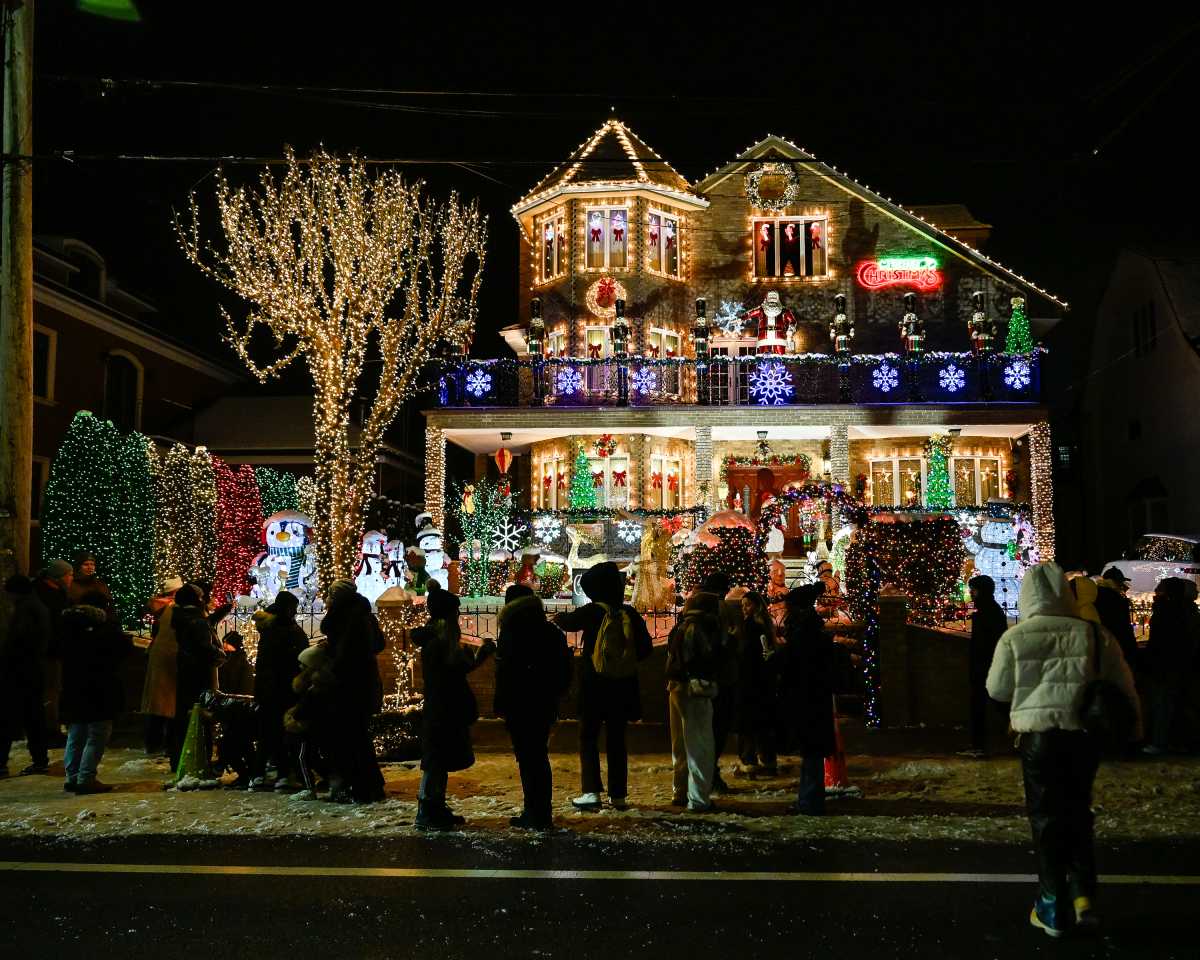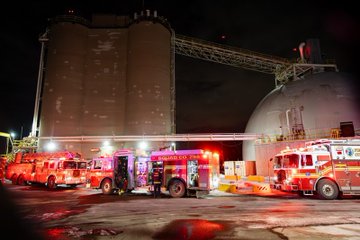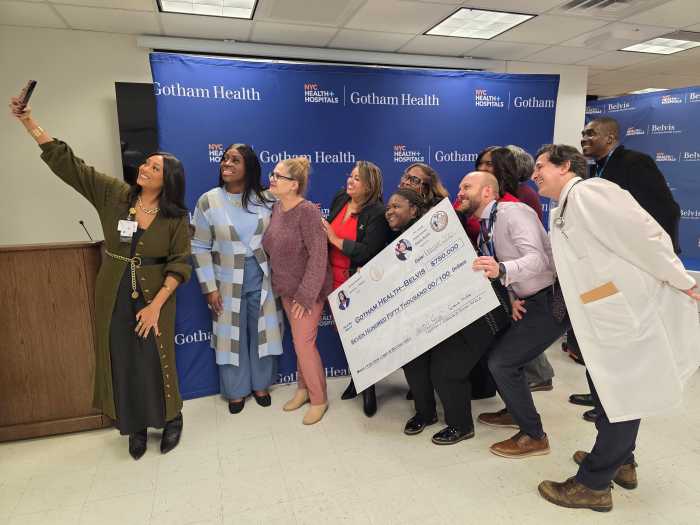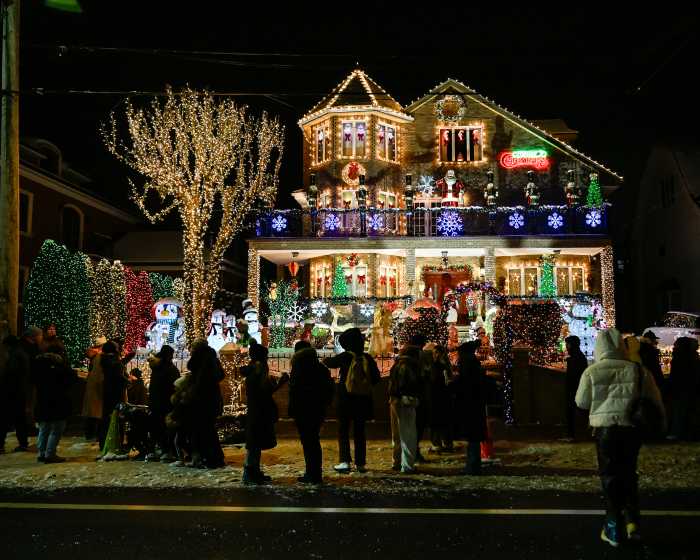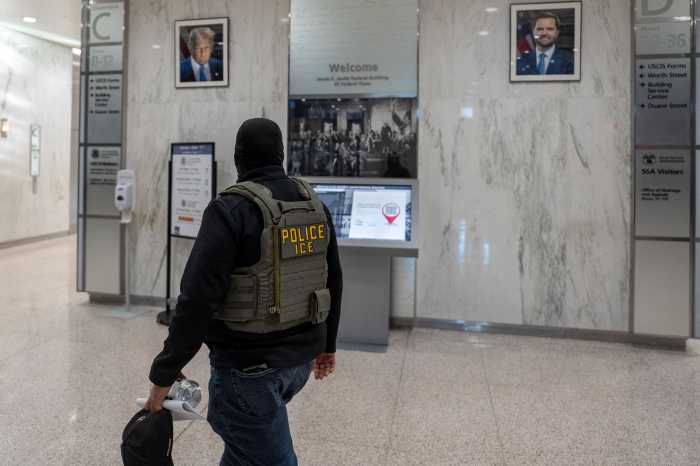Millions of New Yorkers who use the subway system each day look forward to trains arriving on time. Overall, this summer, the MTA reported that subway on-time performance (OTP) increased by 84.3% compared to both 2024 and 2023.
In August alone, the subway’s weekday OTP was over 85%, which agency representatives said was the best August in a decade, excluding the years of the COVID-19 pandemic.
“Over the last several years, thanks to the support of our partners in Albany, we’ve dramatically increased the service we provide,” said Demetrius Crichlow, MTA NYC Transit President. “So we’re running better service, but more service is the key. The on-time performance statistics validate that the team is really engaged to be able to deliver the best service possible.”
MTA officials credited the performance rate to the use of new data tools to gather information about delays, as well as the implementation of a new fleet of rolling stock on the Staten Island Railway, which replaced the previous railcars.
“This was a long time coming. These cars were 50 years old,” Crichlow said, adding that the new cars will be more reliable.
Though the MTA achieved a milestone in OTP, it was not without some hiccups during the summer. In July, commuters experienced significant delays and service disruptions on multiple train lines due to torrential rains that flooded parts of the system.
Although 2.5 inches of rain fell in the city on July 14, disrupting service on the 1, 2 and 3 lines, as well as the Staten Island Railway, the trains were back in service the next day.
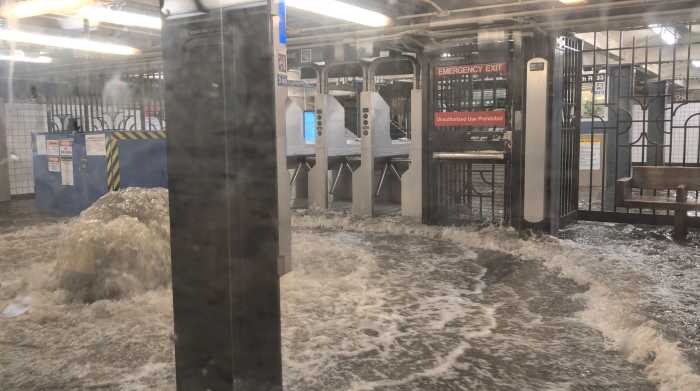
The West 4th Street station in Manhattan experienced repeated power outages during July’s heatwave. Multiple train lines, including the B, C, D, and M trains, were impacted with partial shutdowns, suspensions, and reroutes.
Crichlow described the outages as the “most significant events” that impacted service over the summer. But, he said, funding from the MTA’s current $68.4 billion capital plan will help make the necessary improvements to the system.
“It’s exactly why we need to continue to push and use the funding for the 2025-2029 capital program so we can make necessary investments in state-of-good-repair work, fixing the 50-year-old electrical equipment and even older signal equipment,” Crichlow said.
